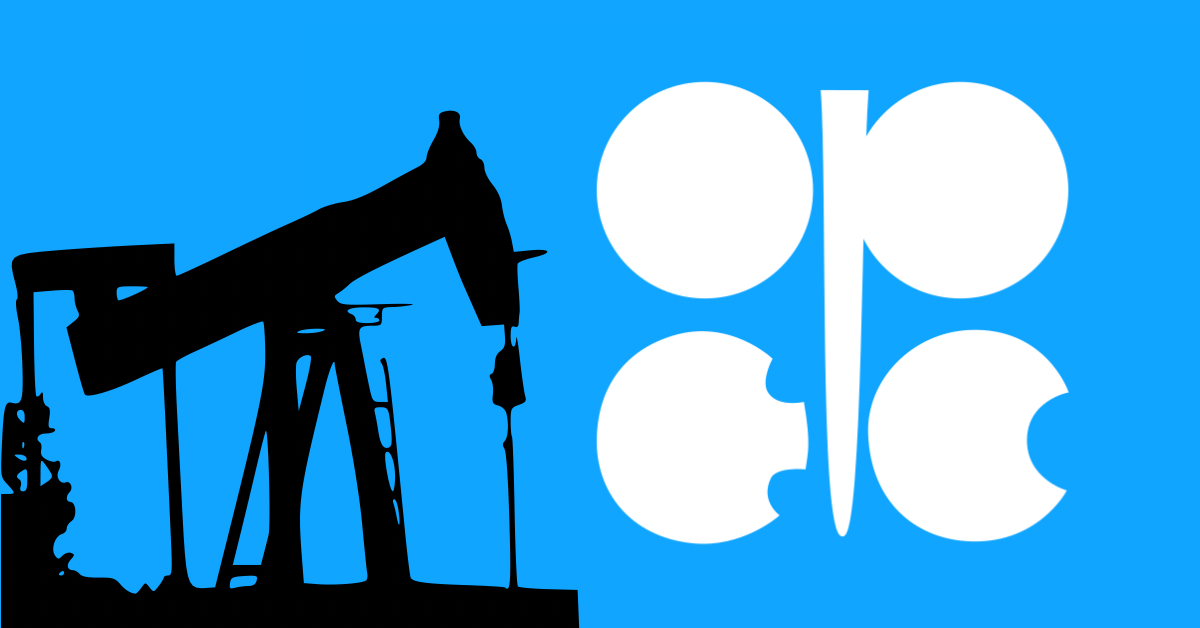Uncertainties Cloud the Future of Crude as Producers Gather to Discuss Production Levels
Latest News: OPEC+ Agrees to Rollover Current Production Levels
On November 30, 2023, OPEC+ ministers reached an agreement to maintain current production levels through the first quarter of 2024. The decision was made in response to ongoing geopolitical tensions, supply disruptions, and concerns about a potential economic slowdown.
The decision to rollover current production levels was met with mixed reactions from market analysts. Some expressed concerns that the move could lead to a supply glut and further downward pressure on oil prices. Others praised the decision, suggesting that it demonstrated OPEC+’s commitment to market stability and its ability to respond to changing market conditions.
OPEC Meeting: Key Takeaways
The OPEC+ meeting on November 30, 2023, highlighted several key takeaways that are likely to influence the trajectory of oil prices in the coming months:
-
Maintenance of Current Production Levels: OPEC+ decided to maintain current production levels, signaling a cautious approach to supply management.
-
Focus on Stability: The decision reflects OPEC+’s priority to maintain stability in the oil market, balancing supply and demand amidst global uncertainties.
-
Response to Supply Disruptions: OPEC+ acknowledged the potential impact of supply disruptions due to geopolitical tensions and pledged to monitor the situation closely.
-
Flexibility and Adaptation: OPEC+ demonstrated its ability to adapt and respond to changing market conditions, leaving room for adjustments in future meetings.
Implications for Oil Prices and the Global Economy
The OPEC+ decision to rollover current production levels is likely to have a stabilizing effect on oil prices in the short term. However, the longer-term outlook for oil prices remains uncertain, as it will depend on a variety of factors, including global economic growth, geopolitical tensions, and supply and demand dynamics.
The direction of oil prices will also have implications for the global economy. Higher oil prices could increase energy costs for businesses and consumers, potentially contributing to inflationary pressures and slowing economic growth. Conversely, lower oil prices could provide relief to consumers and businesses, potentially boosting economic activity.
Conclusion: A Cautious Approach to a Volatile Market
OPEC+’s decision to maintain current production levels reflects a cautious approach to managing the volatile oil market. The decision acknowledges the risks of both supply gluts and supply disruptions, emphasizing the need for stability and adaptability. While the short-term outlook for oil prices appears stable, the longer-term trajectory will depend on the evolution of global economic conditions and geopolitical factors.

